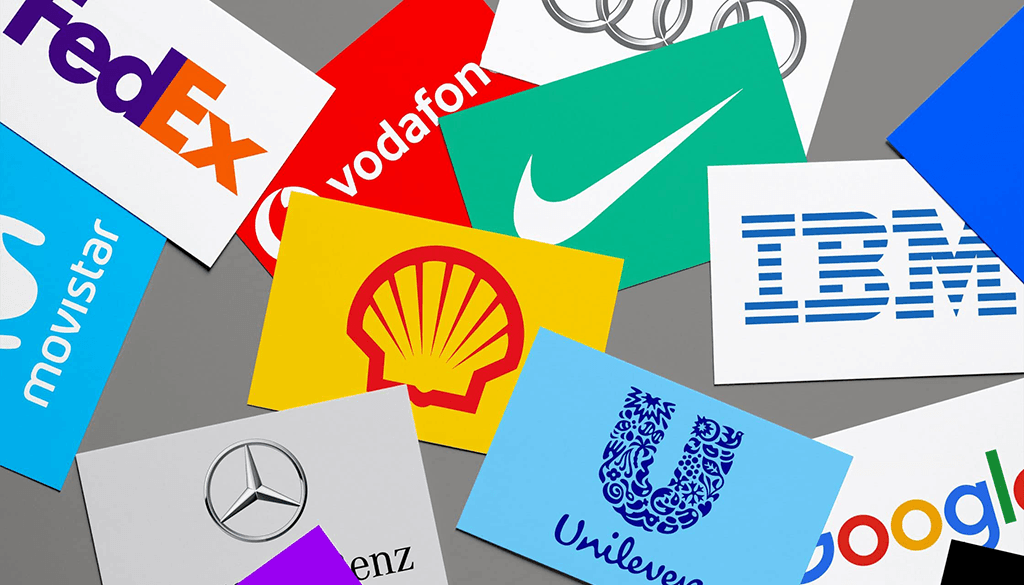BLOG
The Value of Design

WHAT?
Design is omni-present. It cannot be escaped. Everywhere you look, every object you see, every book you read, every billboard in your line of sight, advertisements in magazines, newspapers and on TV, every article of clothing in your wardrobe, the plates you eat from and even the bed you sleep in – all are the result of a design process.
HOW?
The design process begins with a core idea – what are we making, what purpose does it serve, to whom is it directed or being sold? From there, the idea is refined into a solid concept – what is the general look and feel of the object or piece? Will it be a high-end product or a dollar-store item? Next, artistic renderings give the idea visual form – sketches and/or digital images are developed, various visual representations are explored. Once a graphic direction has been chosen, the visual is further refined until a final design is produced. From there, the object or piece is taken through a production process, whether it be printing for business cards or brochures or manufacturing of a cell phone or pair of shoes.
WHERE?
Design encompasses a number of specific disciplines which produce our entire visual environment:
- Graphic design – product packaging, advertising, brochures, signage, business cards, banners, etc.
- Industrial design – products of all shapes and sizes – cell phones, appliances, furniture, automobiles
- Fashion design – clothing, shoes, handbags, hats, accessories
- Architecture – houses, structures and buildings
- Interior design – selection of the objects that determine the look and feel of the interior of a room or building including: wall materials, paint colors, fixtures, furniture, artwork, draperies and decorative items
WHY?
In the world at large, design is a powerful tool, used to influence people’s perception of whatever is being presented – a company, organization, product or place. With a combination of colors, images and typefaces, graphic design can introduce and educate people about a cause, problem or solution. It can help create an emotional connection around a subject to bring people together, inspire them to think and to act. It can help break through the visual “noise” of the day to deliver a message, perhaps a significant one.
WHO?
In business, image is everything. Good design can help a company increase its credibility in the minds of its target audience. By looking at a company’s brochure, web site or advertising, a good idea can be gained about what that company stands for and what segment of the market they serve. Is it a luxury or economy brand? Aimed at a younger or more mature audience? Branding is the application of design to assign a distinct “personality” to a company or organization. A brand’s look and feel provides a clue as to what the company does and what it stands for. Is it a luxury brand like Mercedes? A counter-culture brand like Hot Topic? A lifestyle brand like Apple’s iPod? A company or product’s “look” – from the product itself to packaging, advertising and store design – can often be directly linked to its price point. One can easily discern a “cheap” product from something that “looks expensive”. While it’s difficult to explain in written form, we are all trained to easily distinguish quality goods from low-end imitations. All these impressions and perceptions are the result of design. Pretty powerful stuff!
From an individual perspective, design can be a means to express personal identity. Whether it’s a pair of Chuck Taylors or a Prada handbag, an Andy Warhol painting or urban graffiti art, a Ford or a Jaguar, design, in its many forms, combine to create an exterior personal “brand”.
The power that design holds to influence us in our everyday lives cannot be overstated. It’s all around us. Good designers know how to use that power to improve people’s lives by informing their decisions and drawing attention to important topics.
Latest Posts
- +The Value of Design
- +Protect Your Web Site Content
- +Who Are You Calling an Artist?
- +Less Is More
- +You're So Vain
- +Are Your Goals SMART?
- +Re-Design to Re-Define
- +Service vs Product Marketing
- +What a Brand Is - And Is NOT
- +Corporate Doesn't Have to Be Boring
- +Generate Free PR For Your Business
- +Mis-Steps with Mailing List Management